sustainable urban development strategy
Sustainable Urban Development Strategies are a funding tool for integrated spatial development, addressed to Local Government Organizations (LGOs) for the implementation of development strategies at certain urban areas.
The Sustainable Urban Development Strategy of the Municipality of Kavala is the result of the Municipality’s overall development planning. It includes 14 projects which aim to:
- enhance and promote the cultural assets of the area,
- improve its accessibility and information infrastructure,
- upgrade the energy efficiency of its infrastructures,
- strengthen entrepreneurship in the sectors of tourism, culture and creative industries, and
- eliminate inequalities and exclusion of socially vulnerable groups, emphasizing on people with disabilities.
The long-term goal of the Municipality of Kavala is the development of the city center in terms of spatial cohesion as well as sustainable social and financial growth. Given the fact that the sustainability of Kavala’s city center is affecting the functionality and development “profile” of the entire city, the afore-mentioned strategy will provide multiple results with a positive impact on all areas of the city.
The strategic goal of the Sustainable Urban Development Strategy of the Μunicipality of Kavala is to “improve the attractiveness of the intervention area”.
Essentially, the intervention area is spatially identified with the broader area of the business and historical center of the city of Kavala. There are two reasons for the latter, both relating to the identity and role of the afore-described zone.
- Regarding to its role, it is the most vibrant part of the city, where businesses, administration authorities, state and municipal agencies, as well as numerous hospitality and recreation establishments are located.
- Regarding to its identity, this zone concentrates a multitude of features, distinctive of the city, such as tobacco warehouses, many remarkable listed buildings, Kapnergatis Square, Krei Square, Eleftherias Square, the seafront and the land area of the Kavala Port Authority, the historical quarters of Panagia and Agios Nikolaos, as well as a collection of monuments.
Moreover, the connection of the intervention area with important historical sites of the Municipality, such as the archaeological site of Philippi and the Baptistery of Saint Lydia, is of substantial significance. It is self-evident that the Old Town and the two aforementioned sites are the Municipality’s most identifiable features that should be interlinked, in order to create a functional network. Thus, the intervention area can function as a gate for the broader area and the described “cultural triangle”.
The implementing body of the Sustainable Urban Development Strategy (SUDS) is a consortium of relevant bodies, coordinated by the Municipality of Kavala. The multifaceted and complicated nature of urban issues requires collective, coordinated, and multilateral strategies that involve many agents. In this perspective, collaboration and involvement of the relevant bodies is considered as the most successful way to attain the Municipality’s goals.
SUDS consortium includes the following:
- Municipality of Kavala
- Public Benefit Organization of the City of Kavala – “Dimofelia”
- Kavala Port Authority S.A.
- Technical Chamber of Greece – Eastern Macedonia department
- Ephorate of Antiquities of Kavala -Thassos
- Kavala Chamber of Commerce and Industry
- National Confederation of Disabled People (NCDP)
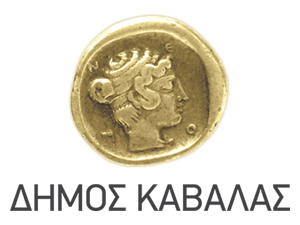
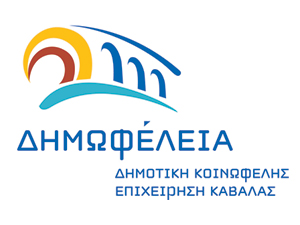
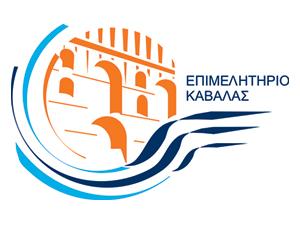
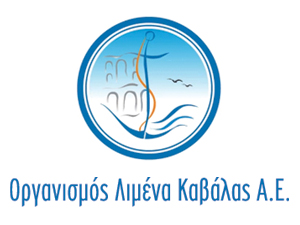
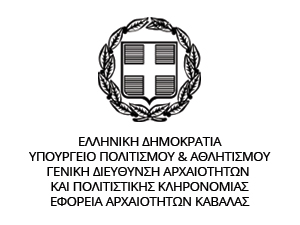
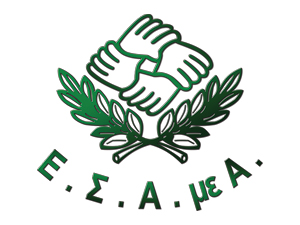
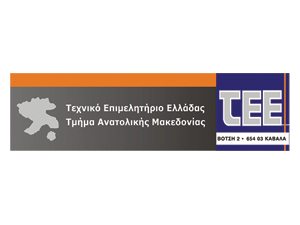
The overall budget of the projects is € 8,599,657.51, and funding will be provided by the European Social Fund and the European Regional Development Fund.
The time frame for the implementation of the Strategy is the six-year period 1/1/2017–31/12/2023.
Certain projects are essentially “bridges” with former programmes and funding tools for urban development. A representative example of such a case is the project “Rehabilitation and extension of the pedestrian walkways network at the area of Kapnergatis Square”. The study of this project was implemented within the framework of the “Integrated Urban Development Plan 2007-2013”, while the actual construction activities lie in the framework of “SUDS 2014-2020”.
Similar continuing projects are the following:
- “Restoration of the ‘Megali Leschi’ (Grand Club) of Kavala”
- “Restoration of buildings along the land wall in order to facilitate cultural activities and regeneration of their open space”
- “Cultural Center of the Municipality of Kavala”